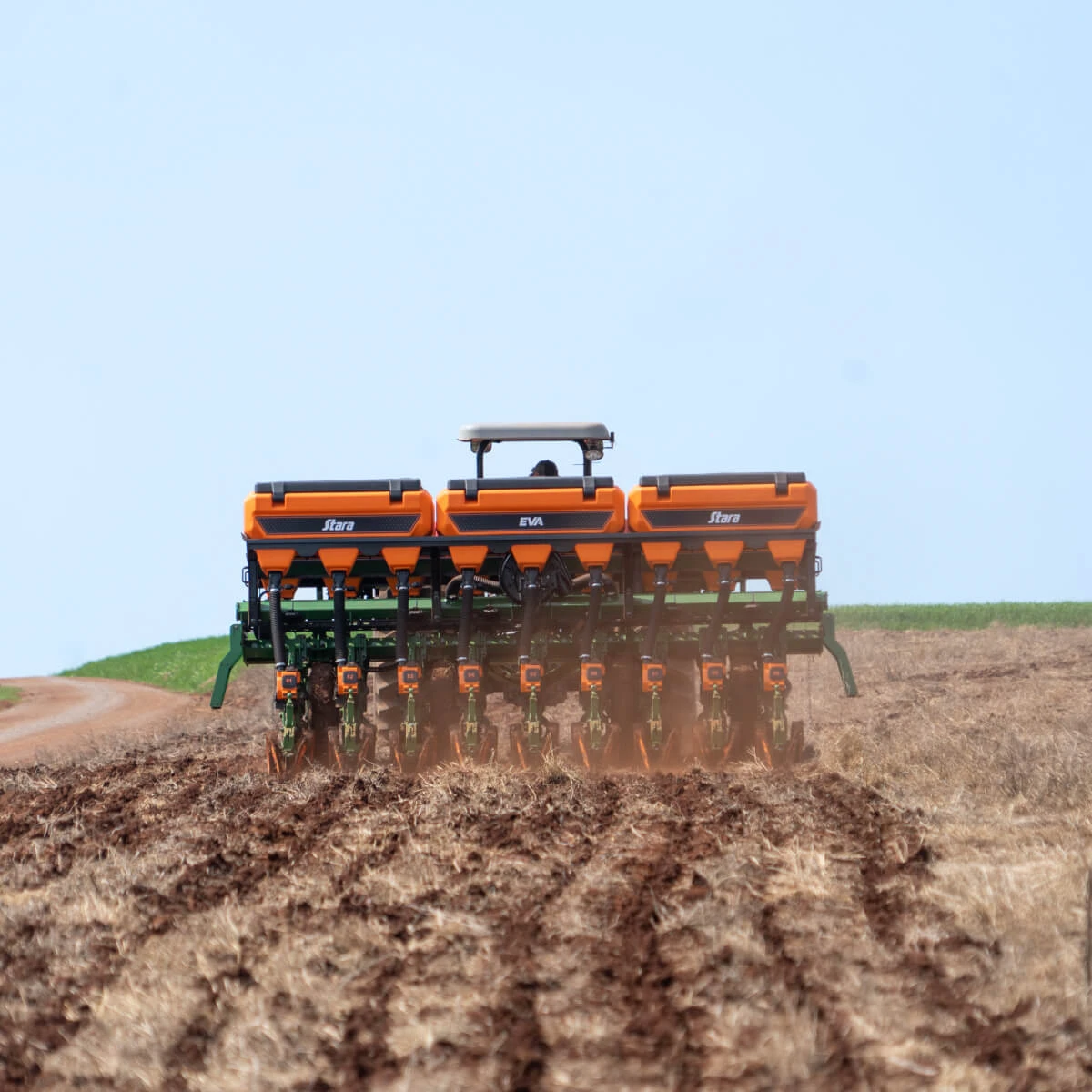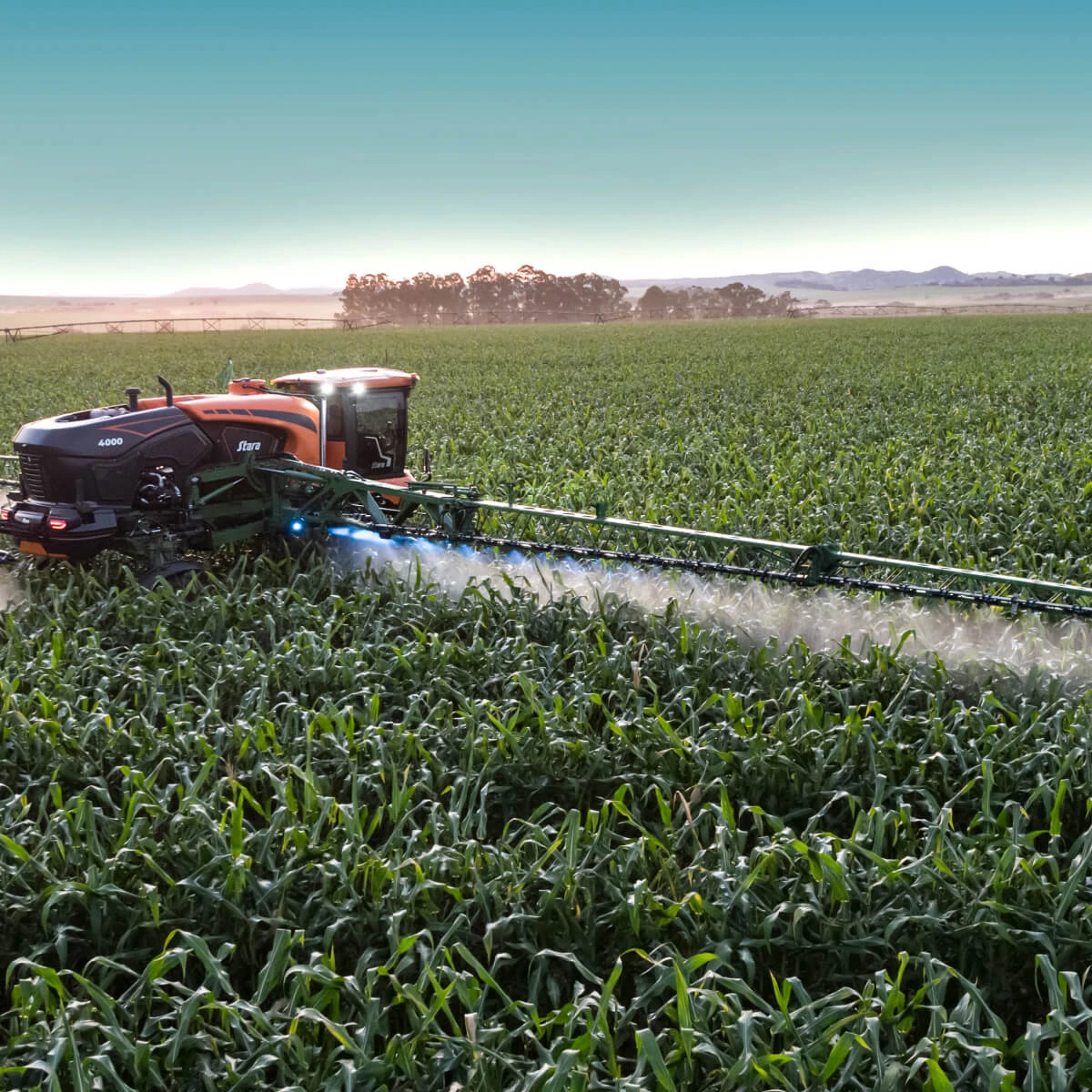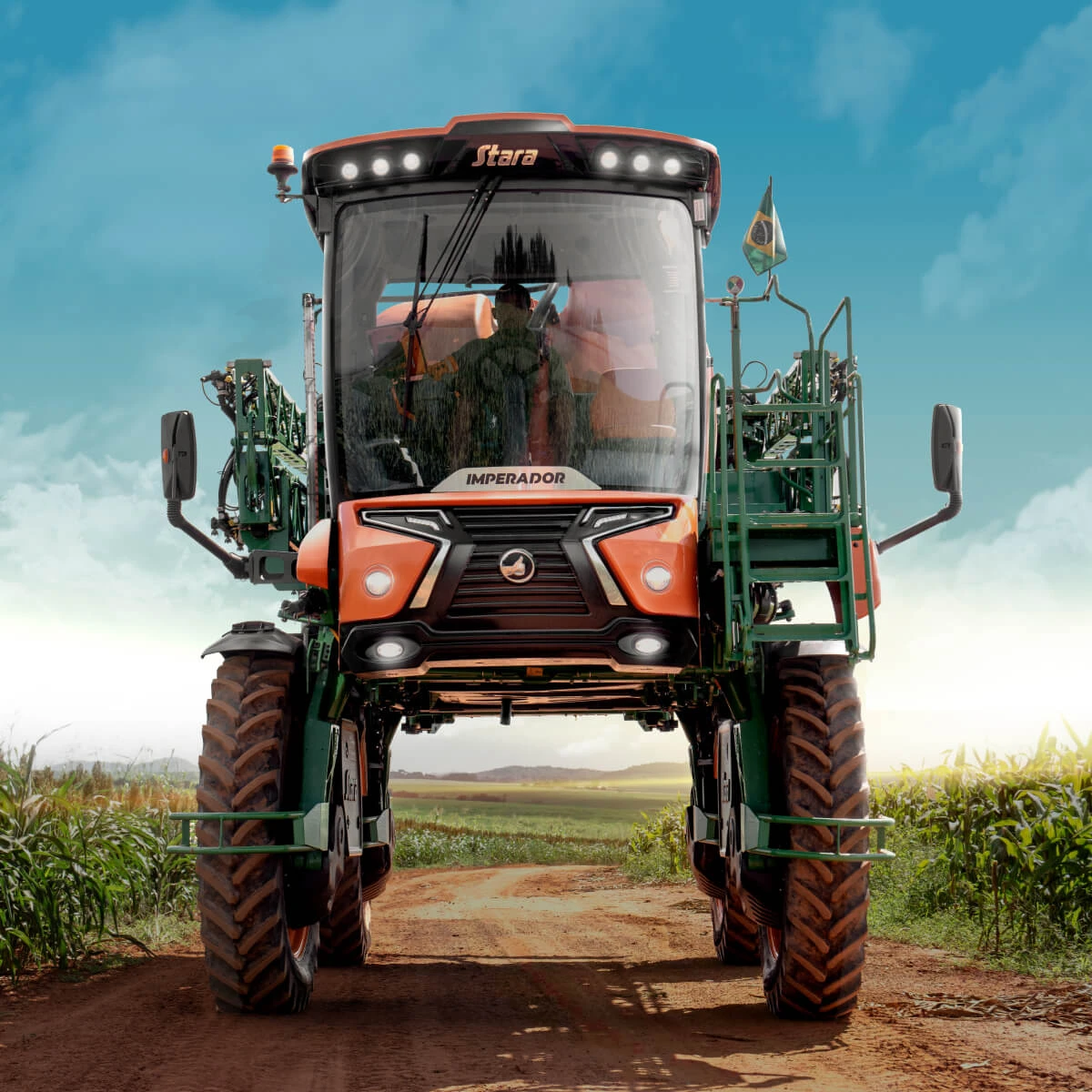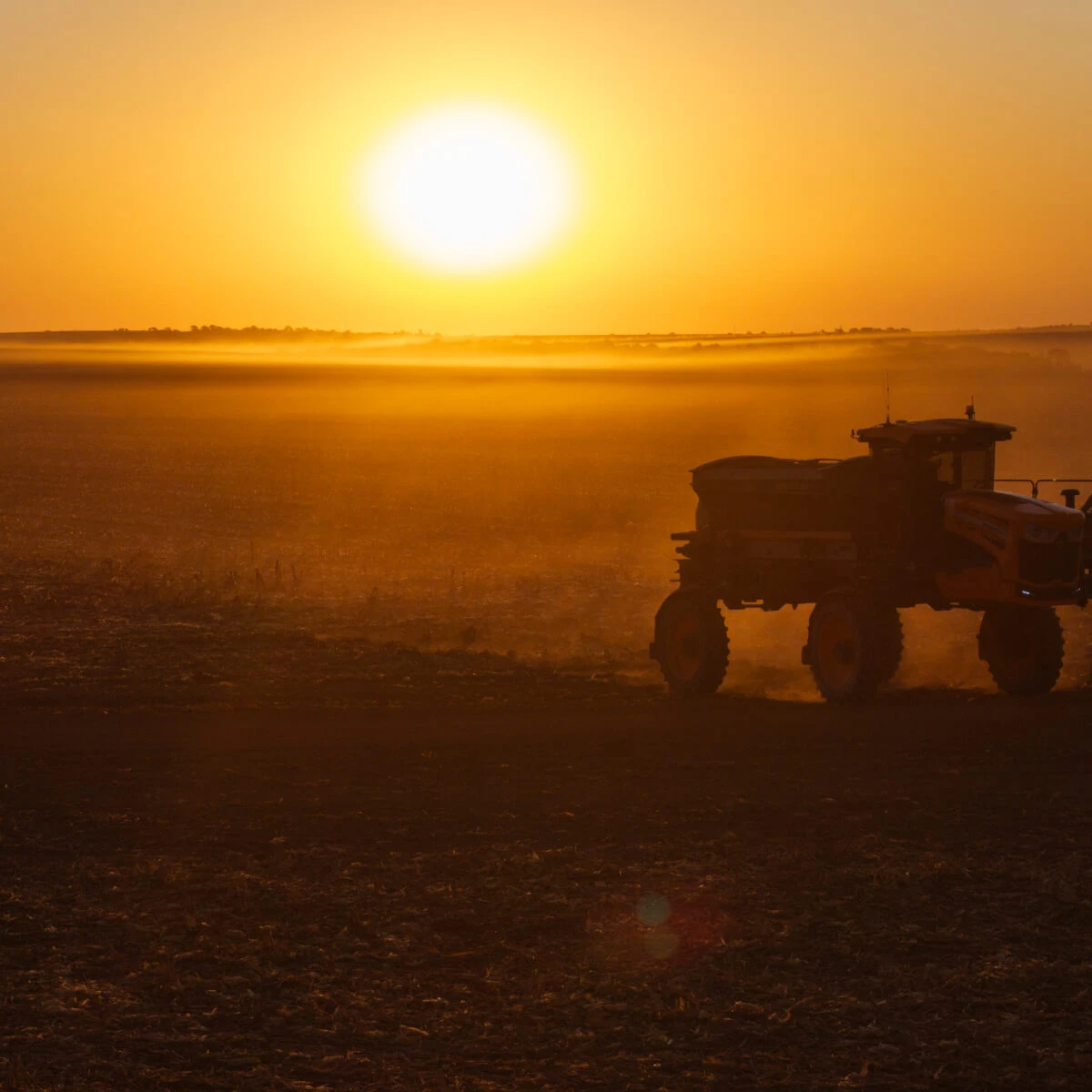Sowing is one of the main steps for grain growing. For this reason, choosing the correct agricultural implement for this stage is crucial to ensure an efficient operation and good productivity.
In this article, you will learn the difference between a seeder and a planter to help you when picking between one of them. In addition, you’ll see the main Stara seeders and planters, understanding better their specific functions.
What does interfere in sowing quality?
Sowing is the initial crop growing process. It consists of placing seeds into the soil, following the proper spacing and depth. This process makes sure the crop plants have the ideal conditions to grow, resulting in a productive crop.
The sowing quality is influenced by plenty of factors such as:
-
Soil type
Soil texture, moisture and structure influence in the sowing depth and seed placement. Soil compaction or excess of moisture may jeopardize the seed placement and germination.
-
Seed type
The size, shape and weight of seeds determine the most appropriate seeder. Each crop has different specifications, demanding adjustments on the agricultural implement.
-
Crop
Every crop has its own demands in relation to the sowing depth and spacing between the crop plants. Knowing the parameters is necessary for a good equipment choice.
-
Calibration of the agricultural implement
The quality and adjustment of the agricultural equipment are essential to ensure a precise and uniform sowing.
For this reason, when choosing the perfect agricultural equipment for sowing, consider the technical parameters set by the previous factors such as crop type and seed.
-
Operation speed
High speeds may compromise the seed placement uniformity.
- · Weather
- The weather conditions, temperature and humidity, influence on the seed
- germination.

What’s the difference between a planter and seeder?
Although both seeders and planters are used for grain sowing, its functions and applications are different. Check out the main differences:
Seeder
The seeder is an agricultural implement usually used for small seeds such as wheat, oats, and rice, and for fertilizer application. It places the seeds with uniformity and in straight rows. In general, there are two types of them in the market:
- · Mechanical seeder
Using discs or rollers to place seeds. Its precision is lower when compared to a pneumatic seeder.
- · Pneumatic seeder
Using compressed air and pressure systems to place seeds, ensuring higher precision and sowing uniformity.
Planter
The planter is recommended for larger seeds. In addition to placing seeds, it can perform other functions such as fertilizer application and apply inoculant into the soil.
Planters are more suitable for crops that demand longer spacing such as soybeans, corn, and cotton. The equipment places the seed individually, ensuring higher precision and regular spacing.
Amongst planters, it is possible to choose between a pneumatic or mechanical one, which can influence directly in the crop field yield. Understand each one features:
- · The mechanical planter has gears and roller chains to place the seeds into the soil. This system is simpler, being ideal for less demanding soil conditions. But, their variation in seed placement is higher, depending on the type of crop and usage conditions.
- · The pneumatic planter employs a pressure system to move and position the seeds. This method allows for a higher precise and uniform seed placement, especially for crops that demand high precision to boost the production potential. Additionally, they deliver more versatility for different seed sizes and shapes.
Understanding the differences between these two types of planters is important to pick the agricultural implement that best suits your farm when it comes to precision and yield.

Stara seeders and planters: see the differences
Choosing between a seeder or planter can be challenging, but if you consider the specific needs for your crop field and explore different solutions, you can make the right decision and ensure a harvest with positive results. Check out the main Stara sowing agricultural implements available in the market:
Seeders
- · Application: Developed for crop plants with narrower spacing such as rice, wheat, and oats. They focus on sowing uniformity in larger areas, placing the seeds in a continuous row.
- · Operation capacity: Suitable for prepared soil or no-till farming. However, with a general approach for plenty of seeds type.
· Application example: Cover crops, forage, and cereal seeds.
- · Technology:
- Guapita seeder: providing different agricultural technologies to control the agricultural implement. The seeder features 33 row units with spacing of 17 cm, and it’s available in two configurations:
- 1. Monitoring through a cell phone: it’s the only seeder in the market controlled by a mobile device via Bluetooth®. It allows the instantaneously adjustment of seed and fertilizer rates, unfold/fold control of sections, and seed monitor.
- 2. Monitoring through the Topper 5500 agricultural controlle,r which instantaneously adjusts the seed and fertilizer rates, and variable rates of seeds and fertilizer, section unfold/fold control, seed monitor, Conecta, Syncro, and Telemetria Stara.
- Seeder - Ceres and Ceres Master: focusing on versatility and cost-benefit. They’re lightweight, compacted and adapt to different spacing options perfect for crop rotation.
- Seeder - Guapa: focusing on uniformity even on bumpy terrains. Its pneumatic springs ensure a perfect terrain copy while the compact transport system eases the logistics.
Planters
- · Application: Engineered for crops that demand precision and longer spacing between plants such as soybeans, corn, and cotton. They place seeds individually with higher depth and spacing accuracy
- · Operation capacity: They are ideal for farmers that prioritize yield and precision.
- · Application example: Summer crop planting, with set spacing and strict control.
· Technology: focusing in Precision Agriculture. They usually comprise meter systems and are equipped with more automation for row planting.
How to choose the best option?
If you’re in doubt, think of your main crops, terrain features, planting area, and budget. For example:
- · If you wish precision and state-of-the-art technology for sowing winter crops, consider the Guapita seeder.
- · If the terrain is bumpy and requires robustness, pick Guapa.
- · If your goal is cost-benefit and versatility, choose Ceres or Ceres Master.
- · If your crops demand an exact spacing, consider one of the Stara planters: Estrela, Absoluta, Princesa, Cinderela, and Eva.
Regardless of the equipment chosen, one of the main remarkable features of Stara is the factory warranty and easy access to genuine parts.
Trained teams provide a complete after-sales support by means of Conecta. It’s a Stara free of charge service that provides skilled technical assistance for the farmer directly from the machine cab.
At Stara Finance, you can simulate an agricultural loan and get a credit to buy agricultural machines and implements under special conditions.
Summary
Consider the crop field needs and your farm characteristics to choose between a seeder and a planter. The seeder is a simpler agricultural implement more recommended for winter crops, while the planter is more recommended for grains that require precision planting. The size of the growing area, terrain conditions, seed type and crop are some of the factors that should be taken into consideration when investing in the best agricultural equipment to ensure good sowing.
Did you like the hints and want to find out the agricultural machine that best suits your crop field?
Stop by a Stara dealer and find the most suitable equipment to boost your crop production.











